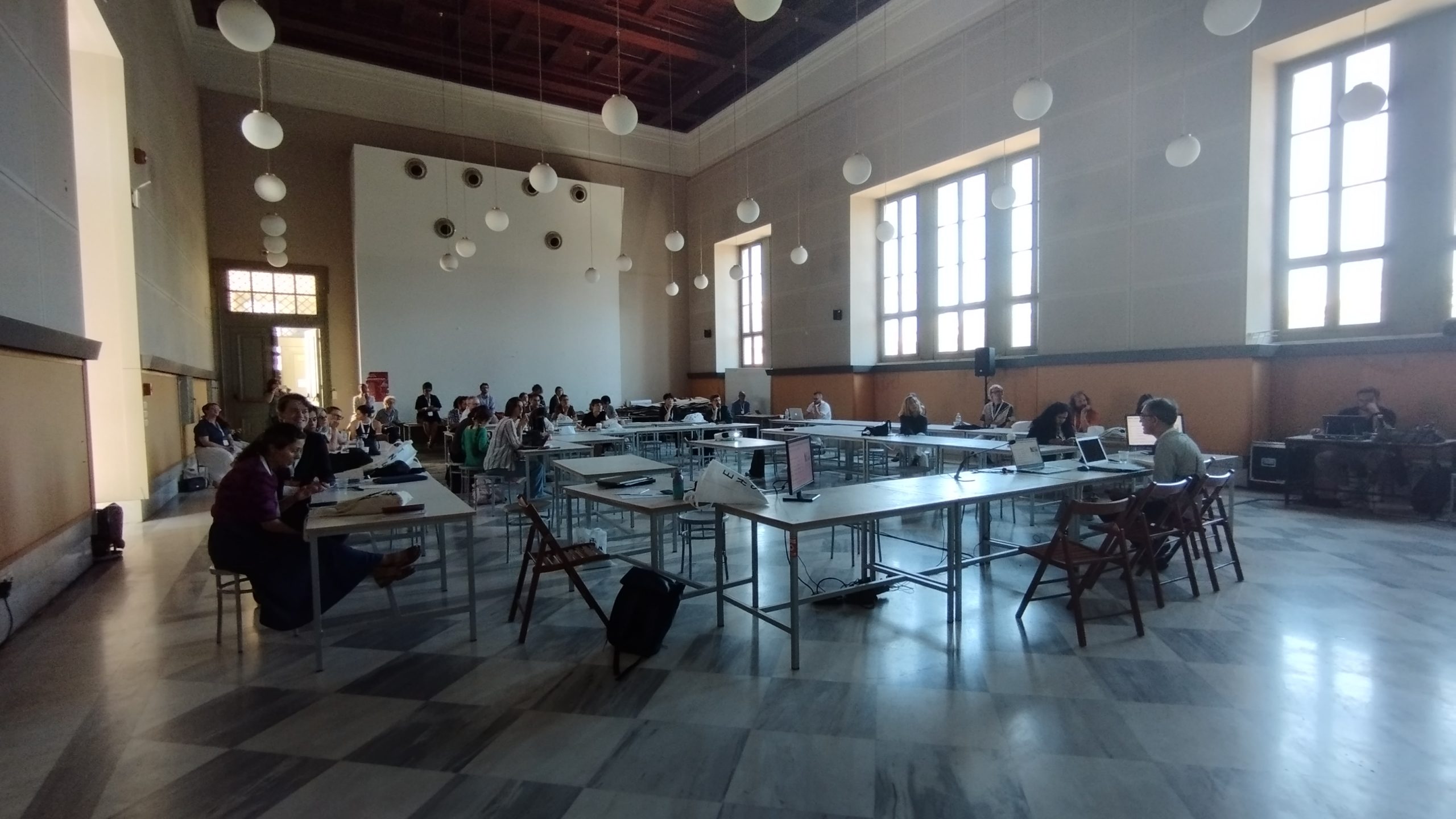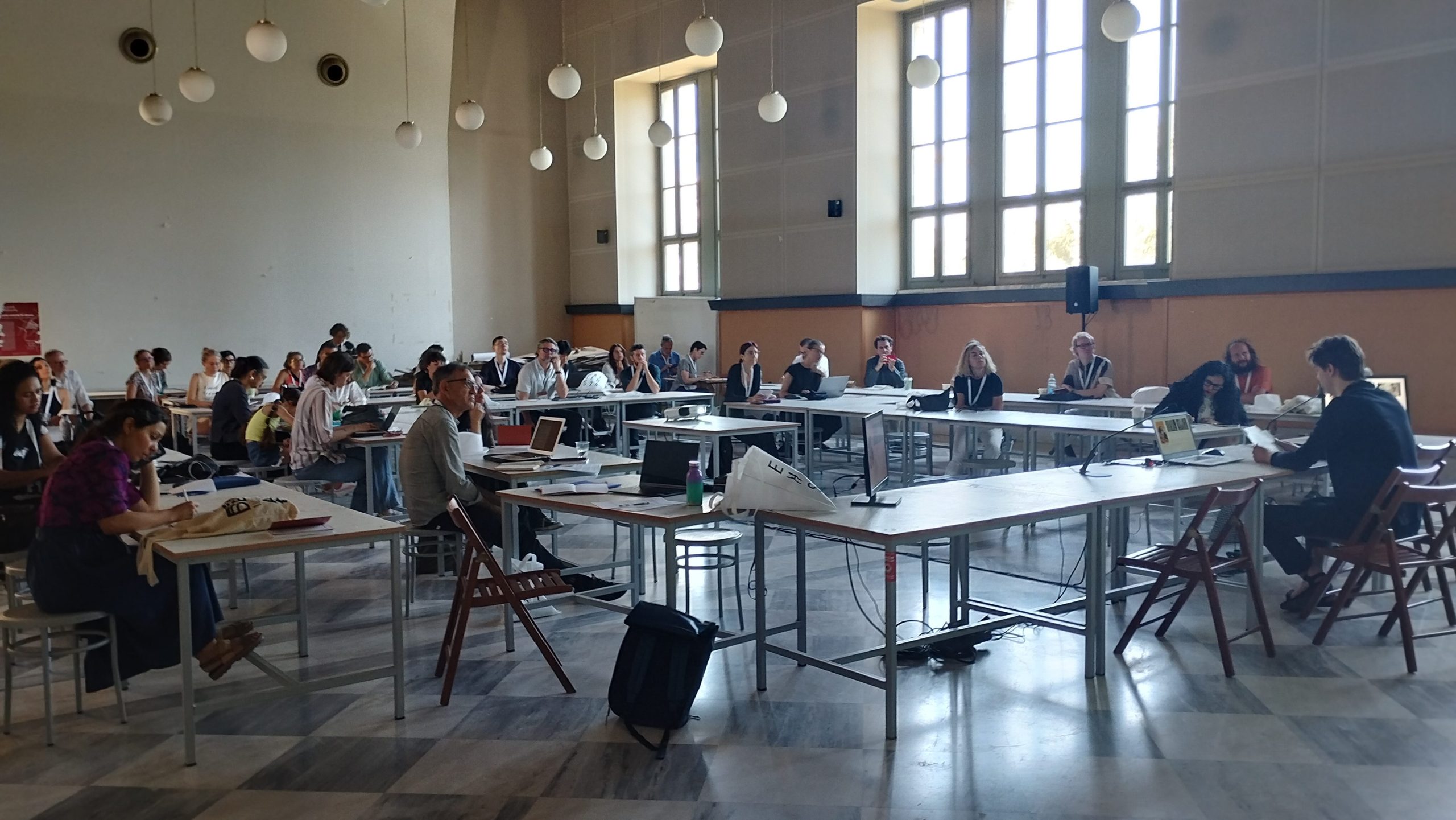Panel
The house types and the type of house: the colonial form for indigenous domesticity
Event: European Architectural History Network. 8th International Conference
Authors: Francesca Vita, Inês Lima Rodrigues
Date: 19 – 23 June 2024
Location: Athens, Greece


Summary
Whether it constituted the physical extension of the imperialist projects, a means to discriminate or to influence indigenous way of life and to trigger processes of modernization, the House represented a “Tool of Empire” (Headrick, 1981; King, 1995).
With the aim of “normalizing”, “standardizing” and “domesticating” (Teyssot, 1985) autochthonous way of life, the colonial administration undertook a process of dismantling vernacular forms of domesticity, by both condemning its architecture – its form, its materials, its fundamentals – and also its content – its domestic practices and users –.
It was especially during the first half of the 20th century and in the aftermath of the WWII, that the colonial planning offices designed and redesigned across geographies a diverse range of house types aimed to dwell the indigenous populations in a diverse range of milieu: urban neighbourhoods, rural settlements, military camps. The house types designed suggested models of house and domesticity based on the rhetoric of modernity (Heynen, 2013) which have been shaped and negotiated according to the colonial purposes.
For example, after the end of the Second World War, the house types proposals occasionally brought modernity closer to local realities. The implementation of industrial methods in solving the issue of urban housing resulted in housing typologies for the indigenous populations that showed an apparent compatibility between the modern standards and the interpretation of vernacular features.
This session will focus on the production of house types and the type of house addressed to the indigenous populations by the colonial administrations. We encourage papers that discuss how the house types for the autochthonous populations operated as an agency for the rhetoric of modernization, development and assimilation, but also that unveil processes of appropriation and resistance occurred, how dwellers transformed, resisted or accustomed to the colonial house types and type of house. Finally, the session aims to bring together multiple geographies, especially focusing on the African continent (but not only), in order to begin to discuss whether and how the house types circulated across the colonial administrations and which type of house was collectively shaped, pondering the reasons of it.
Click here for more information.
Presentations
- Beatriz Serrazina (Iscte – University Institute of Lisbon): Colonial labour housing: a ‘propaganda’ tool?
- Igor Bloch (Ghent University / Vrije Universiteit Brussel); Laurence Heindryckx (Université libre de Bruxelles / Vrije Universiteit Brussel): The maison modèle: colonial imaginaries of model houses and model households in the Belgian Congo (1949-1959)
- Dalal Musaed Alsayer (Kuwait University): Everywhere a Village: The Experiments of A.E.S. Alcock and IBEC in Designing the Global Rural Home
- Sebastiaan Loosen (ETH Zurich): The Swahili House Typology as Contested Site of Modernization, 1910s-60s
- Iain Low (University of Cape Town): South Africa, apartheid and after – the NE 51/9 housing typology and resistance to coloniality

